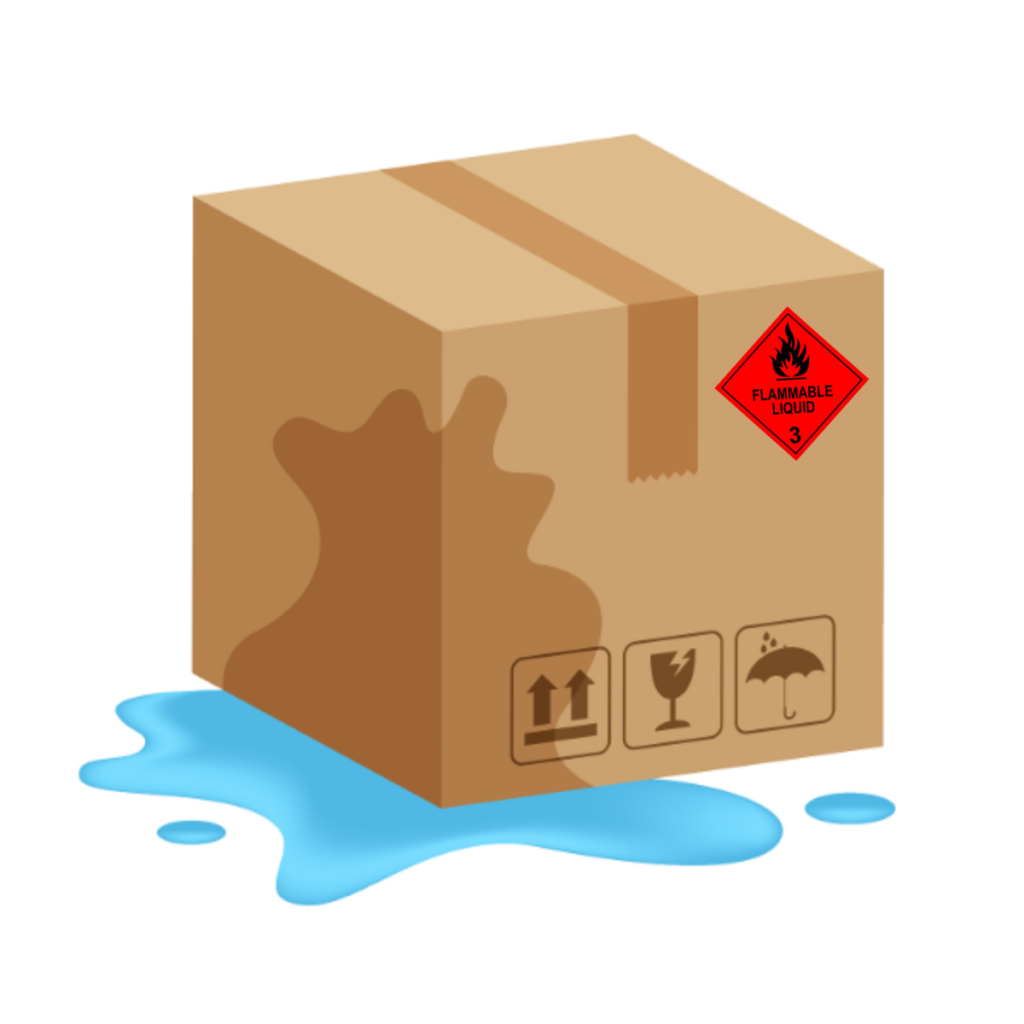ADGC - Road freight, Dangerous Goods Operations, IATA - Air freight, IMDG - Sea freight, Logistics Management, Packaging
Safeguarding the Journey: The Crucial Role of Dangerous Goods Packaging in Transport
Dangerous Goods Packaging.
In the vast landscape of global trade and commerce, the transportation of goods is a complex ballet of logistics, regulations, and safety considerations. Among the cargo being shipped, there exists a category that demands extra attention and specialised handling – dangerous goods. These substances, ranging from flammable chemicals to radioactive materials, pose inherent risks, making their secure packaging and transportation paramount.
The Silent Guardians: Dangerous Goods Packaging
Transporting dangerous goods involves a delicate balance between meeting supply chain demands and ensuring the safety of people, property, and the environment. This is where dangerous goods packaging emerges as the unsung hero of the shipping industry.
1. Compliance with Regulations:
The transportation of dangerous goods is governed by an intricate web of international and national regulations. Proper dangerous goods packaging ensures compliance with these regulations, mitigating the risk of accidents and ensuring the safety of everyone involved in the transport process. From the International Maritime Dangerous Goods (IMDG) Code, the Australian Dangerous Goods Code for Road & Rail (ADGC), to the International Air Transport Association (IATA) regulations, each mode of transport has its own set of rules that demand strict adherence.
2. Protection against Hazards:
Dangerous goods packaging is not merely about meeting regulatory standards; it is about creating a robust shield against potential hazards. Whether it’s flammable liquids, corrosive chemicals, explosive materials, or biohazardous substances, the packaging must act as a barrier, preventing leaks, spills, or reactions that could lead to catastrophic consequences.
3. Minimising Environmental Impact:
In an era where environmental consciousness is paramount, dangerous goods packaging plays a pivotal role in minimising the environmental impact of transporting hazardous materials. Leak-proof and spill-resistant packaging not only protects human life but also prevents these substances from contaminating ecosystems and water sources.
4. Facilitating Emergency Response:
Accidents are unpredictable, but the response to them should be swift and effective. Properly designed dangerous goods packaging includes clear labelling, emergency response information, and documentation that aids first responders in handling incidents with precision. This ensures that, in the unfortunate event of a spill or leak, the appropriate measures can be taken swiftly to contain and neutralise the situation.
5. Ensuring Supply Chain Integrity:
Beyond safety concerns, the reliability of the supply chain depends on the secure transport of goods. Proper dangerous goods packaging contributes to the integrity of the supply chain by preventing delays due to accidents, regulatory non-compliance, or damaged cargo.
In conclusion, dangerous goods packaging is not just a regulatory requirement but a crucial component of responsible and safe global trade. It serves as the silent guardian, protecting against potential disasters and ensuring that the wheels of commerce keep turning while prioritising the safety of people and the planet. As we continue to navigate the intricate web of international trade, let us not overlook the significance of the unassuming packaging that keeps the world moving – safely.

